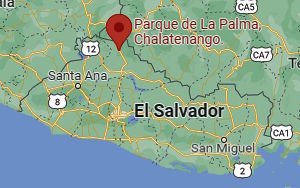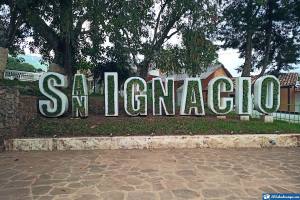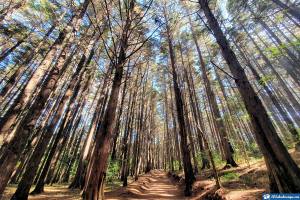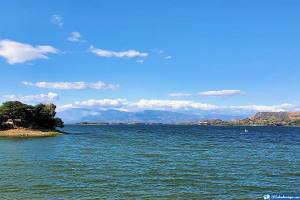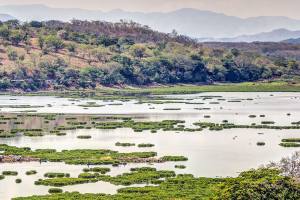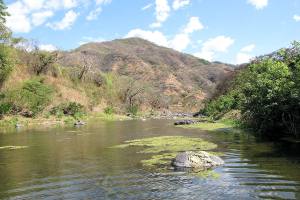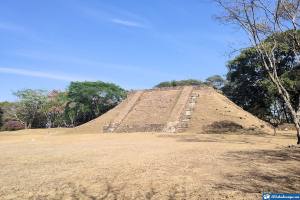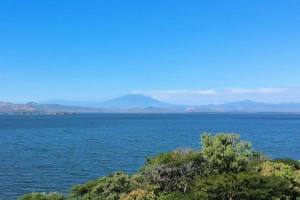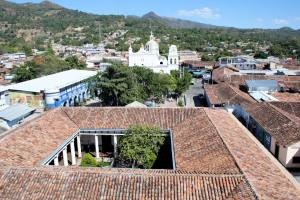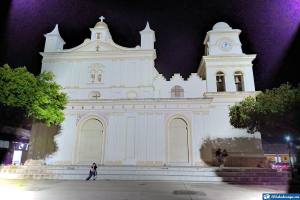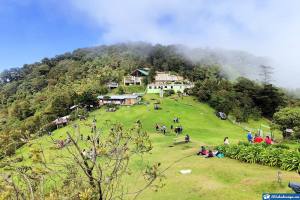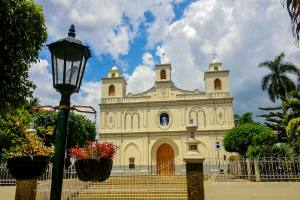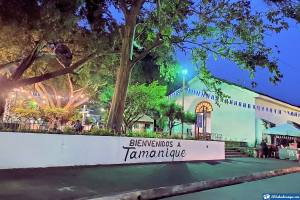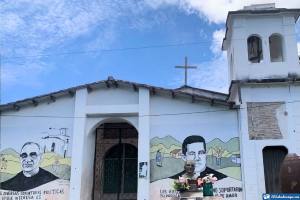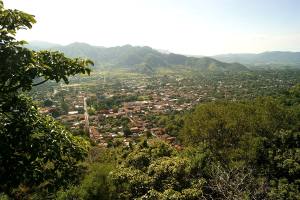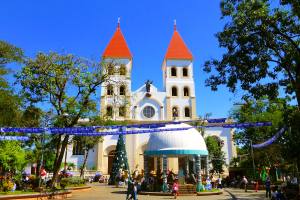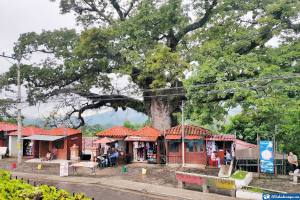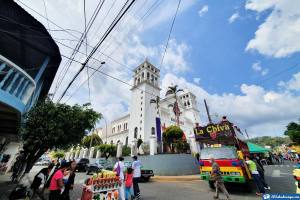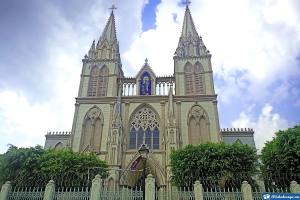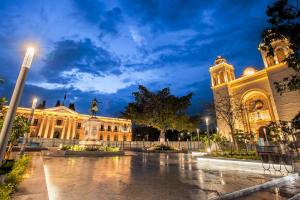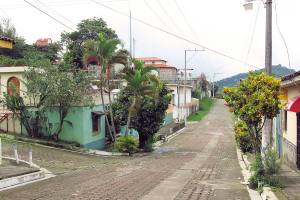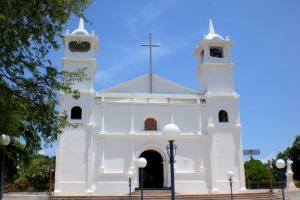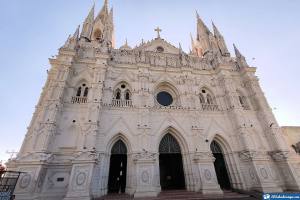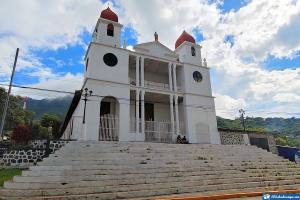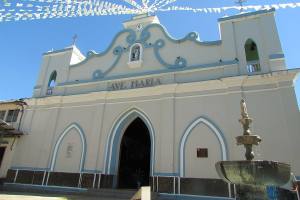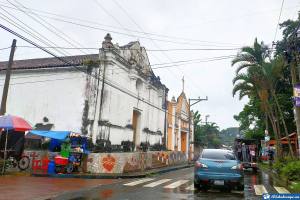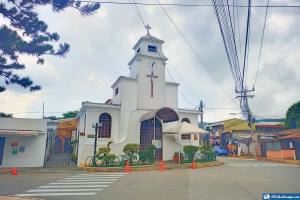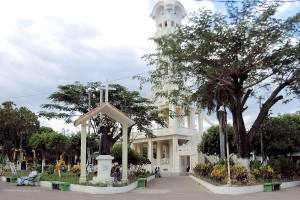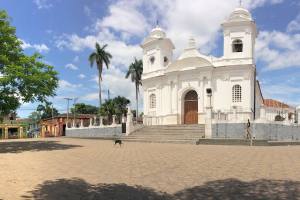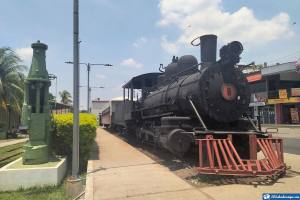La Palma is a tourist municipality in El Salvador, west of Chalatenango department, a Pueblo Vivo known for its picturesque handicrafts and considered one of the most famous handicraft centers in the country.
Do not hesitate to opt for this destination if you want to refresh your busy routine: its pleasant mountain atmosphere and beautiful landscape will give you the tranquility you crave.
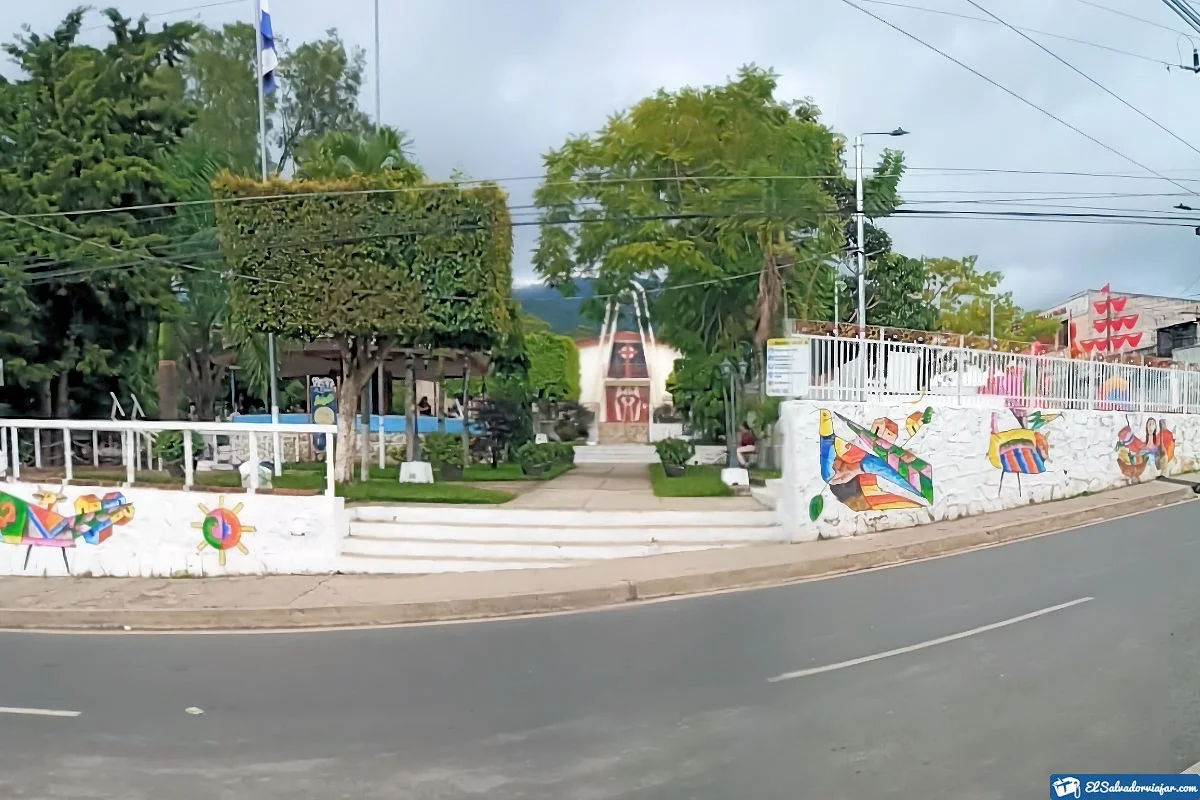
LA PALMA - Beautiful villages of El Salvador. Photo by ElSalvadorViajar.
Data from La Palma
| Country: | El Salvador |
|---|---|
| Department: | Chalatenango |
| Category: | Villages |
| Elevation: | 1.059m |
| Surface: | 135,6km² |
| Population: | 24,000 |
| Advace: | Ideal for walking and shopping for handicrafts. |
History and characteristics of La Palma
If you decide to visit the municipality of La Palma, you will probably hear its natives call it the “Cradle of Peace,” and you will wonder why. Well, part of the fame it has acquired is due to the vital peace talks that took place there between the guerrillas and the government of El Salvador during the civil war in 1984.
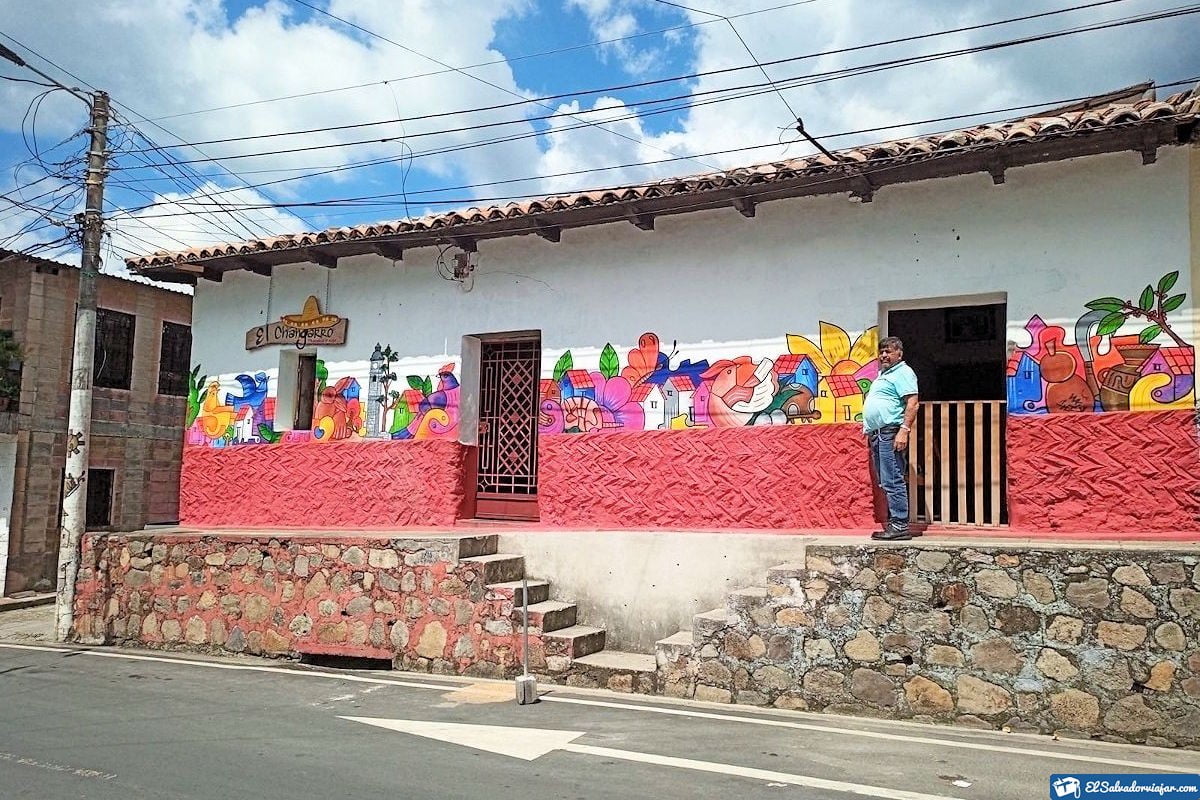
But the story begins many years earlier, in 1815, when the original town was founded during the Salvadoran colonial period.
Formerly located in the hamlet of La Palmita, the village came to settle in its current place in 1882, when the Nunuapa River overflowed, forcing its inhabitants to move. The title of the city, as such, was not granted until 1959.
Its extension of 135.6 km² was 82 km from the capital city, San Salvador, and about 10 km from the border with Honduras.
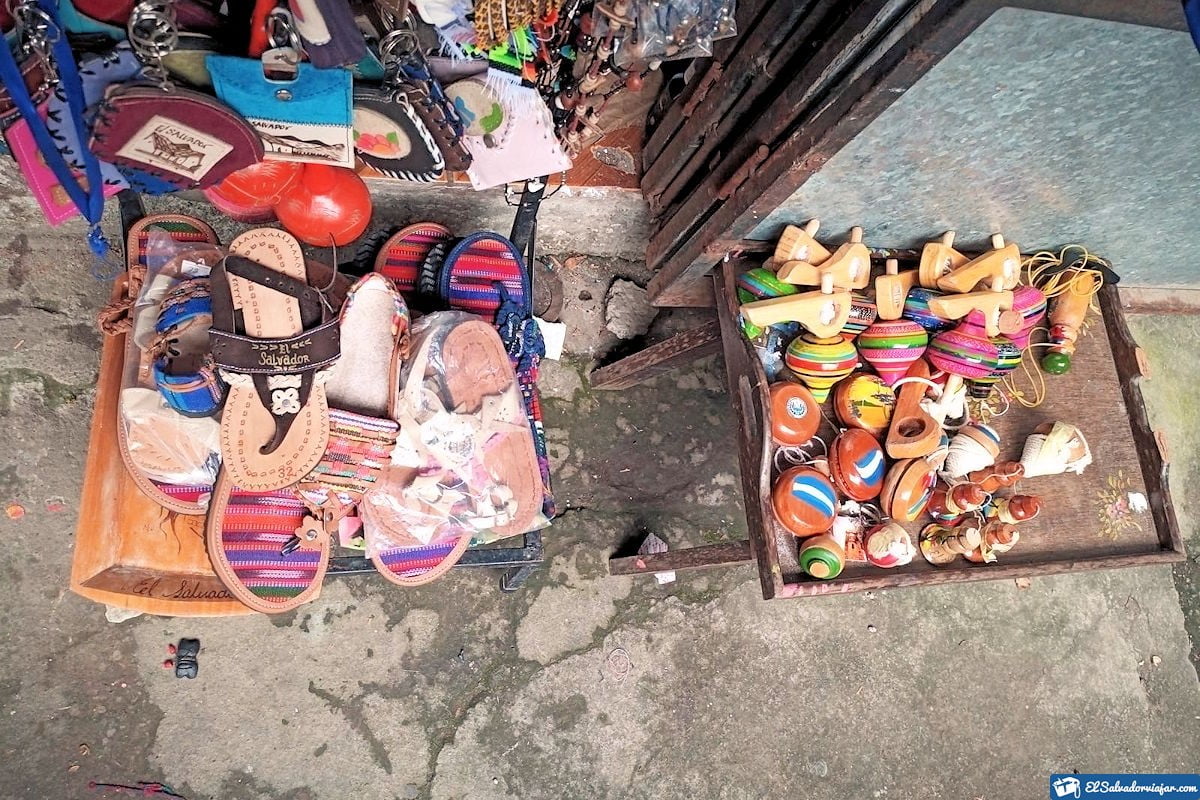
It will not escape your notice that most villagers are dedicated to handicrafts, mainly using Copinol seeds, pine wood, blanket fabrics, ceramics, and leather. The most common technique used is Naif art, promoted by the famous painter Fernando Llort in the 1970s and usually employs cheerful designs of everyday rural life.
However, the remaining 30% of the economy is ensured by cultivating vegetables, beans, indigo, corn, and especially coffee, whose production is vital for the whole country.
Agriculture thrives in the nice cold, which is enjoyed all year. Thanks to the altitude of 1,050 meters above sea level, La Palma is located.
What to see and visit in La Palma
In most of the houses, there are artisans’ workshops decorated with brightly colored murals. There, different high-quality articles are made, such as ornaments, key chains, hammocks, clothing, jewelry, and much more, which can be purchased in the stores and the Placita Artesanal, located in the center of the municipality.
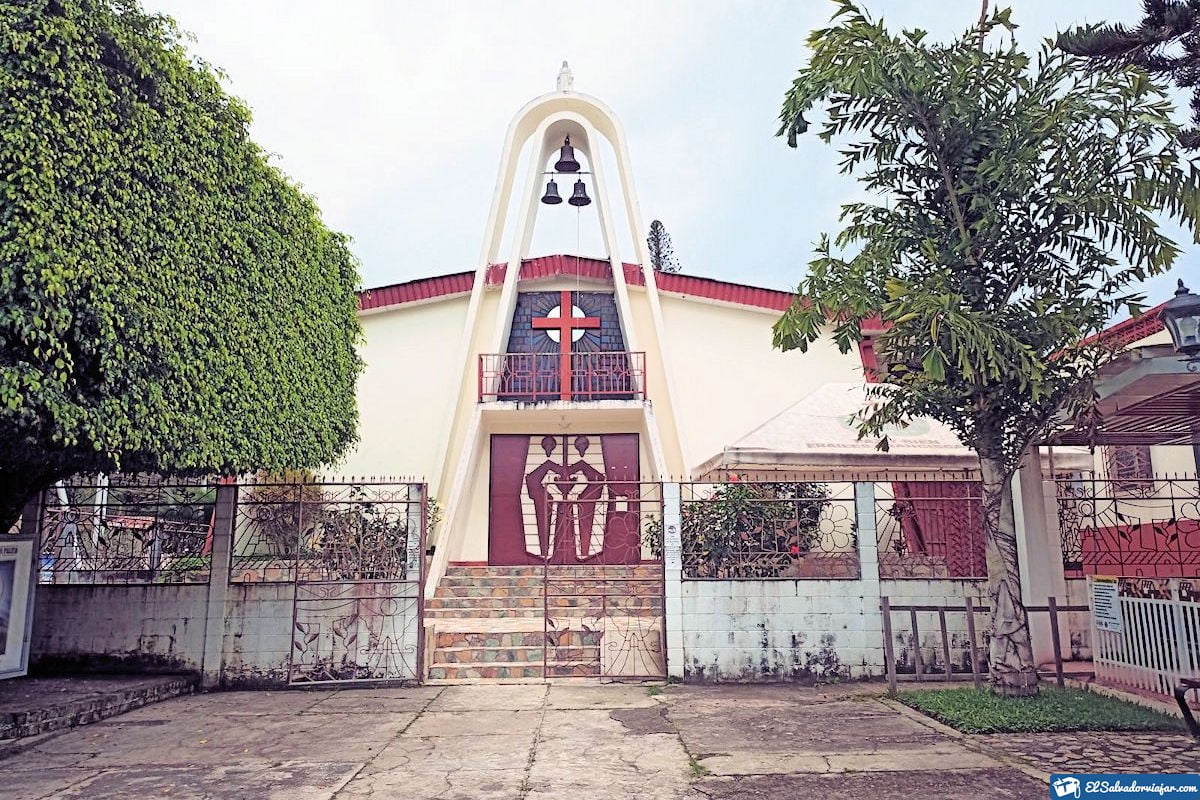
It is great for art lovers, who will also be very interested in visiting the Casa de la Cultura and the Cooperativa la Semilla de Dios. Facilities where you can observe the carpentry and painting of handcrafted products and furniture are showing in honor of Fernando Llort.
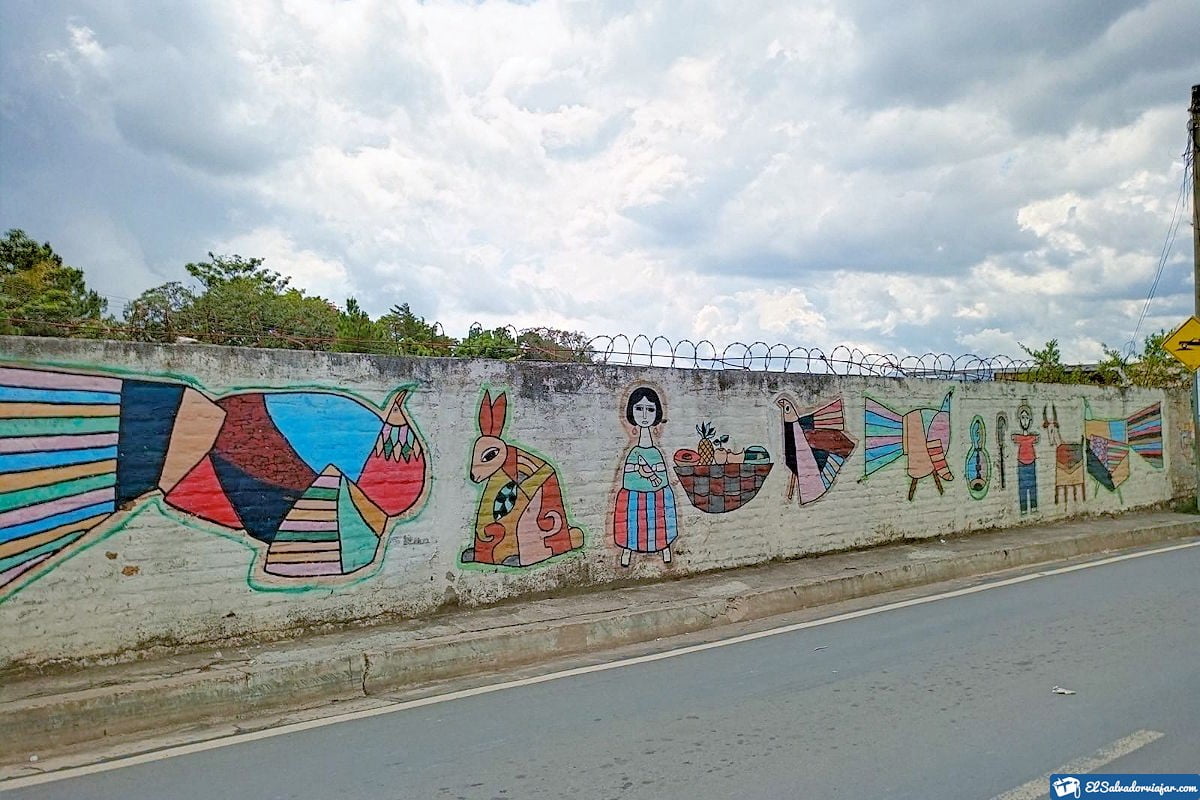
Nor can you miss the imposing Mudejar-style Dulce Nombre de María Parish Church, or the striking La Palma Park, during your tour of the town’s urban center.
On the other hand, if you like more natural environments, there are many options for excursions to the mountains through the majestic pine forests, where it is possible to camp and bathe in rivers with abundant crystal clear water. The emblematic Nunuapa River runs from southeast to northeast of the city, has several tributaries, and flows into the Lempa River.
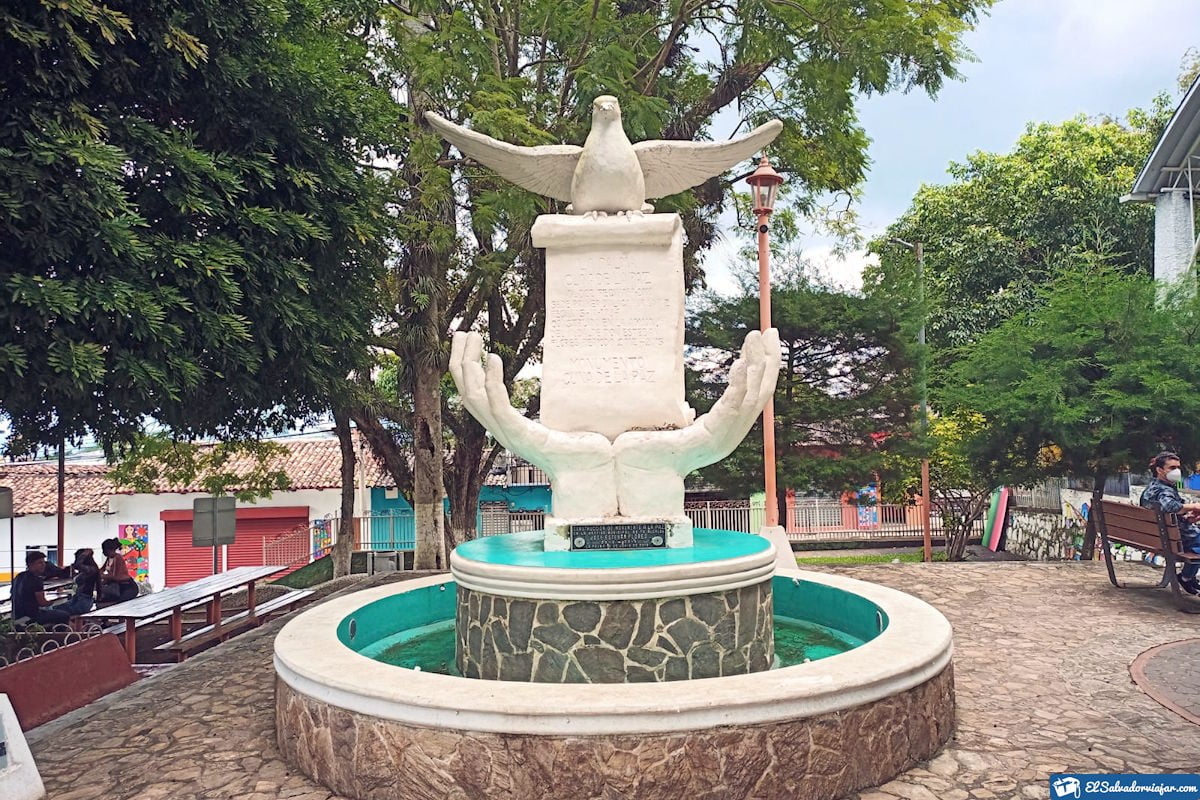
Meanwhile, some hotels stay comfortably during visits to the city without forgetting the variety of restaurants with Salvadoran food.
Patron Saint Festivities and Gastronomy of La Palma
In honor of the Virgin of the “Dulce Nombre de María,” the patron saint festivities are held, generally in February.
In July, the Corn Festival is usually held, in which a tour is made along the municipality’s main street to the park, where different activities are developed, enjoying the national folkloric dance and a tasting of food made with corn.

They are highly recommended to get into the customs and taste the best dishes! The typical pupusas, empanadas, tamales, and atol de elote will make your mouth water. In addition to enjoying the rich sorbets of “carretón,” you can also try the “carretón.”
As if that were not enough, the coffee grown in La Palma has received national awards. Delight yourself with a hot cup of the best coffee in El Salvador and Central America.
Nearby places to visit
It is also worthwhile to go a little further from this small town to visit its neighbors in the municipality of San Ignacio, just 3 km away, which, together with La Palma, form the very interesting Artisan’s Route.

And further on, about 6 km away, is La Pilas, a canton within San Ignacio itself, perfect for hiking and even camping, enjoying the rural and ecological tourism of the place, with one of the lowest temperatures in the Central American country.
We can not forget to visit Miramundo hill, a misty hill with the coldest climate in El Salvador, 13 km from La Palma. Neither of the Cayahuanca stone, between Honduras and El Salvador, from where you can appreciate a splendid view of both countries.
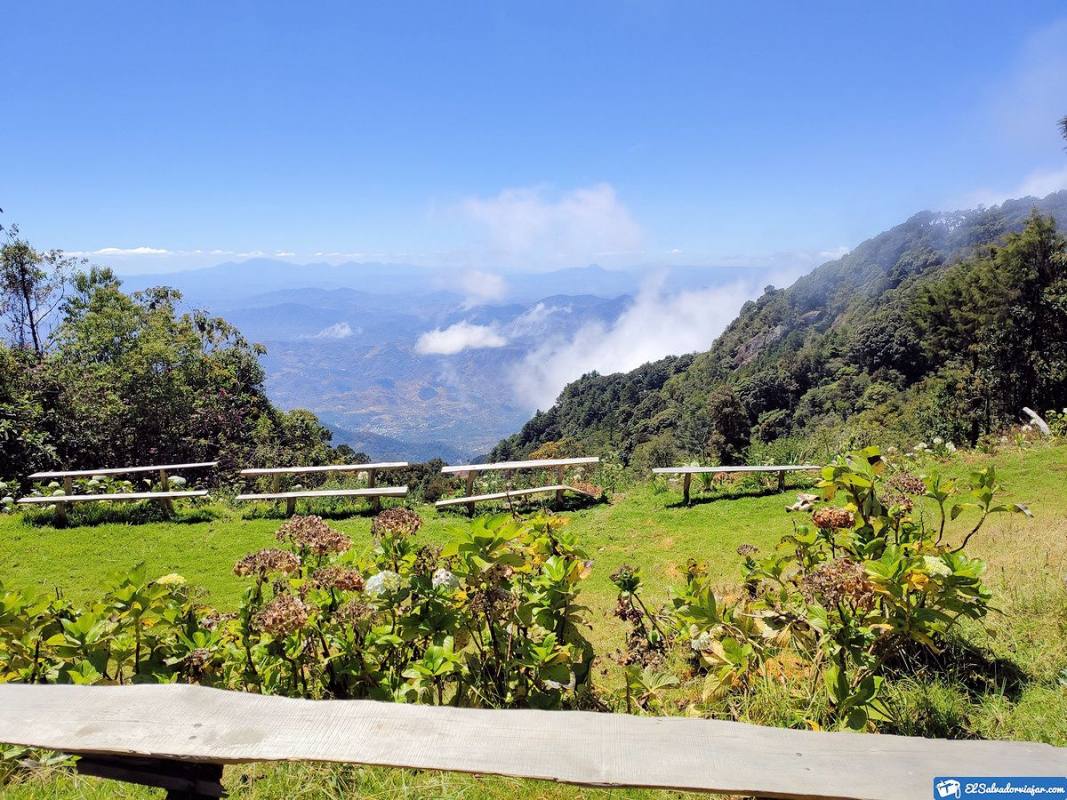
Finally, and 12 km from the village, is the El Pital Hill, one of the most famous National Parks of El Salvador, with a height of 2730 meters above sea level. It is incredible because it is the highest point in the whole country.
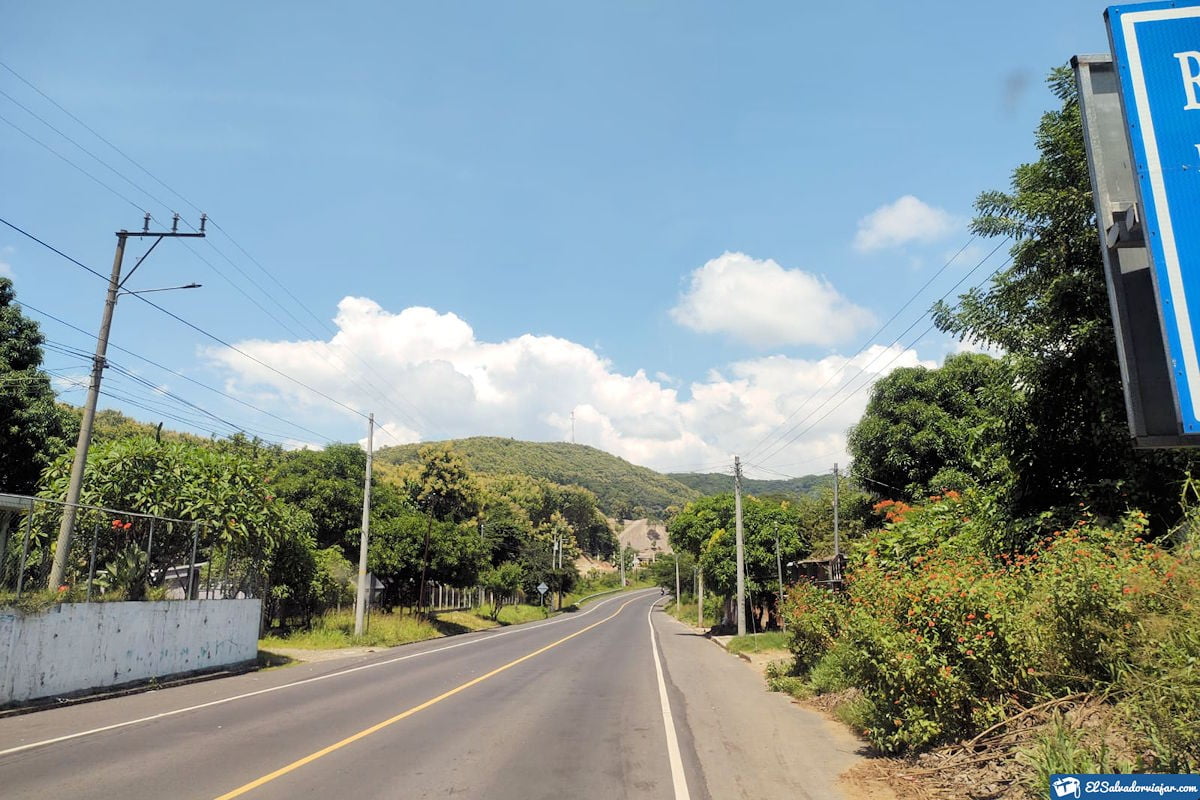
Travel to La Palma to relax for a few days. You won’t regret enjoying the cool climate, the incredible views from the natural heights, and getting to know its friendly people and artistic productions, which are part of the heritage of La Palma and the whole country.
